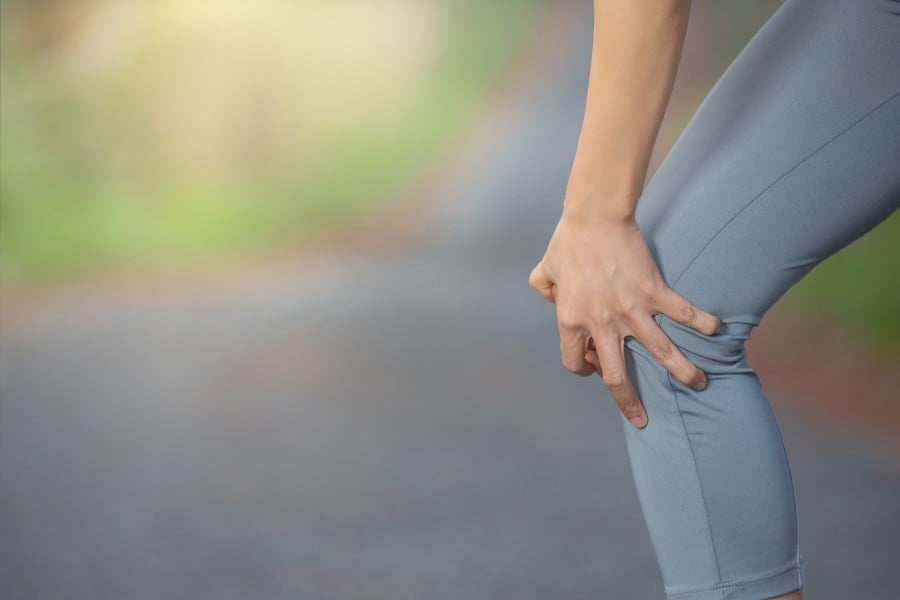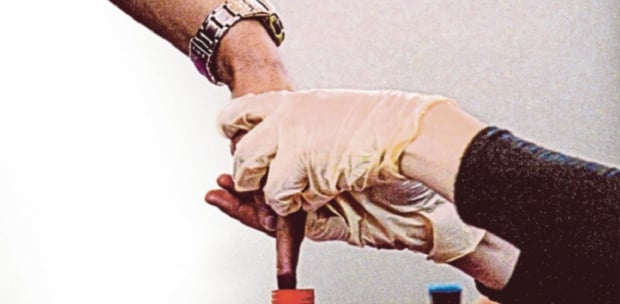ARTHRITIS is an old person's disease – how many times have we heard this? The truth is that while it is a condition often seen in the elderly, many young adults are also afflicted.
The problem is that younger people with joint pain, swelling, or stiffness often dismiss arthritis as a cause.
It is important to note that arthritis is not a single disease. In fact, there are more than 100 types of arthritis and related conditions that many suffer from. From this list, one of the most common forms of arthritis that affects young adults is rheumatoid arthritis, a chronic inflammatory disorder which affects the lining of your joints.
Rheumatoid arthritis is an autoimmune and systemic disease, which means it affects the whole body. People can get rheumatoid arthritis at any age, and in fact, eight in every 100,000 people aged between 18 to 34 have rheumatoid arthritis. In Malaysia, it affects about five in 1000 people.
One of the early signs of rheumatoid arthritis is the feeling of stiffness in one or more of the smaller joints.
This most commonly occurs in the hands and can occur at any time of the day. The stiffness is usually gradual, although it can also flare up suddenly. The stiffness often comes in the morning, or after an extended period of inactivity. When joints are stiff, mobility is affected.
Joints tend to be more tender after they have gone through a bout of stiffness and the pain can be felt even during rest. Fingers and wrists are typically the most affected although the knees, shoulders, ankles and feet hurt too.
Joint pain affects quality of life, as even simple day-to-day tasks such as typing, or cooking can be an excruciating process.

Inflammation of the joints are also common and can cause your joints to appear bigger. Unfortunately, symmetrical joint swelling is also an identifying characteristic of this disease. The inflammation can affect the tendons and ligaments, causing deformities which can decrease the range of motion, leading to further difficulty in doing basic chores like putting on clothes.
When the joints are inflamed, it can put pressure on the nerves. This can lead to numbness or a tingling sensation, particularly in the hands, and can be uncomfortable and worrisome.
Those who suffer any of these symptoms should also pay close attention to any other signs as well. For instance, when fever accompanies any of these symptoms, it could be an indicator of rheumatoid arthritis.
That said, these are just the most common signs and symptoms. Studies indicate that 40 percent of people who have rheumatoid arthritis also experience signs and symptoms that don't involve the joints.
Rheumatoid arthritis can affect many non-joint structures as well. This includes the skin, eyes, lungs, heart, kidneys, salivary glands, nerve tissue, bone marrow and blood vessels.
Contrary to popular belief, this isn't a disease that you only start to worry about when you're well into your fifties. You need to start thinking about prevention before you reach that age and start taking steps to reduce the risk of stiff and painful joints as you age. There is clear evidence that shows the correlation between arthritis with lifestyle choices.

Remaining physically active will help you stay mobile and will be good for your general health.
Research also shows that women are two-to-three times more likely to get this disease compared to men. While there is no specific gene that causes rheumatoid arthritis, there's a genetic predisposition that requires one or two environmental triggers to start.
Studies have shown that smoking increases the risk of developing this disease. Excess weight also puts added pressure on the joints.
Given the unpredictability of rheumatoid arthritis, taking steps to keep it at bay is important. Quit smoking, maintain a healthy weight and limit exposure to environmental pollutants.
While there is no cure for this debilitating illness, treatments have improved greatly in recent years and there's a clear benefit in starting treatment at an early stage. If you have aches and pains, take them seriously even if you think it's nothing. Pain tolerance levels for the younger generation can be high, but pain is pain and you shouldn't ignore it – it's your body's way of sending you a message.
Pandemic or not, you must prioritise your bone and joint health. Rheumatoid arthritis is a disease that can occur at any point in your life, regardless of age. So, consult your specialist and get it checked out.
*The writer is a consultant orthopaedic, arthritis and sports surgeon at Alty Orthopedic Hospital.




